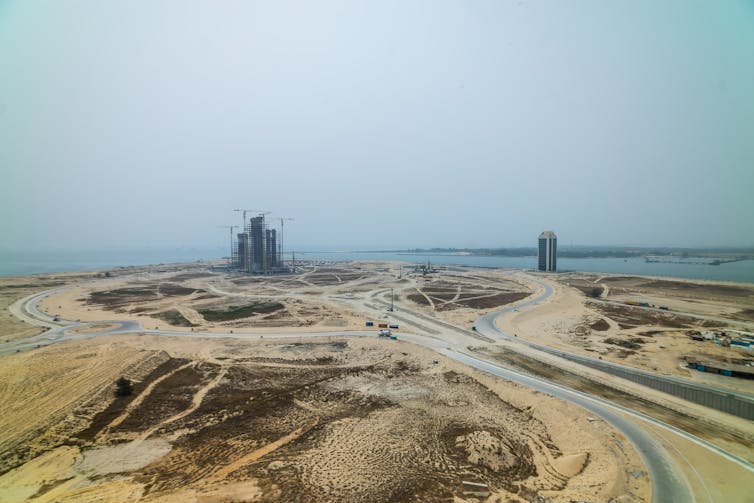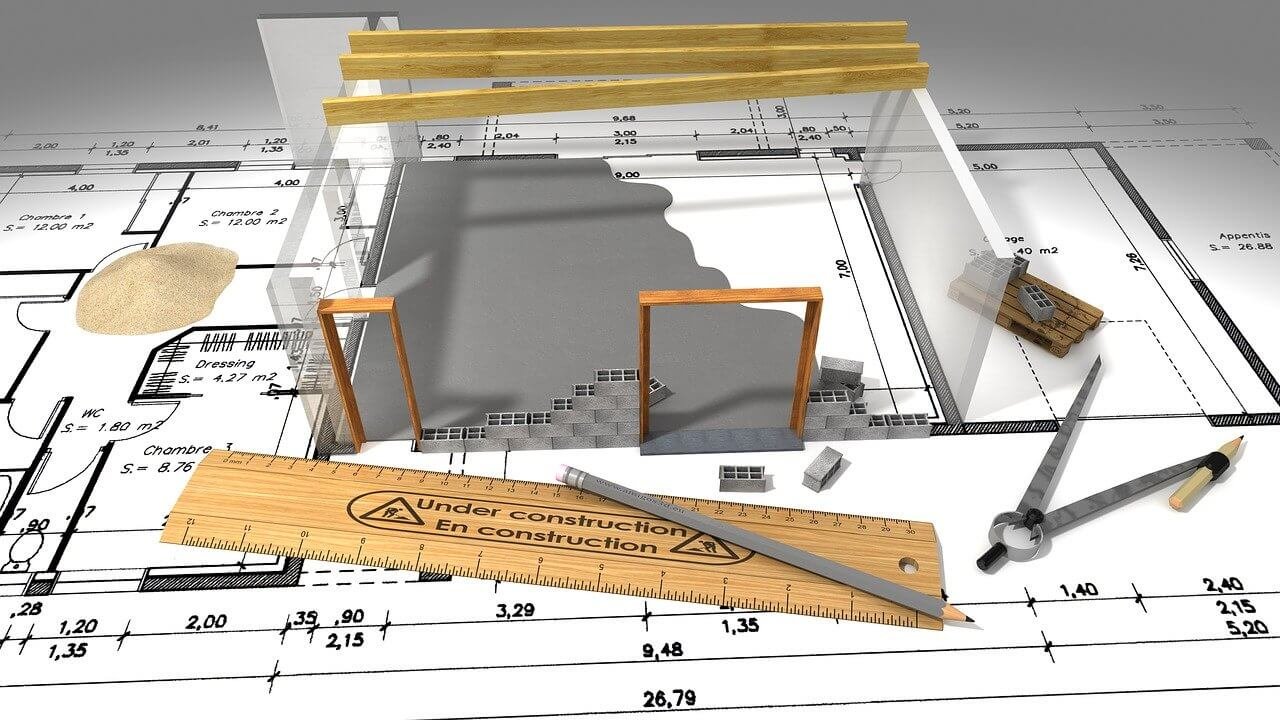Innovation and technology can transform the ways that we interact with governments, purchase products and manage our health and lives. For instance, affecting cities, where the accelerating digitalization of our economy has opened the door for more innovative technologies. Urban planners, developers and builders are increasingly looking for numerous ways to urge lives and make a system some-more efficient.
Now, if we continue to live as we have, polluting and making our air toxic, we might have to develop solutions which are more indoor than outdoor. But do you think that is what we aspire to do in future?

The Utopian Purpose:
Utopias are imagines as an ideal place or community for people to strive to live in a neighbourhood that is a circular economy—initiatives like Brasilia, Levittown, Celebration, Songdo, Sidewalk Labs Toronto and Eko-Atlantic.
Utopian projects have faced criticism, including not being able to scale up. Some of the projects are yet have been reported as inauthentic, flawed in design as well as a conceptual design that cannot work in reality. The true solutions need a community-engaged design process which promotes inclusion and avoids inequality, elitism or exacerbating for existing problems.
In the 20th century, the Garden City Movement attempted to develop a utopian social ecosystem where people and nature might coexist in harmony. This utopian ecosystem also influenced suburban planning, that deliberately left space for parks, farms and other green spaces.
Some Utopian examples Around the World:
Modern Suburbia:
Levittown, Reston and Celebration were all secretly saved complicated suburban developments in the U.S. The new developments had noble intent and showcased the efficiencies of prefabrication, but they were also judged to have significant faults, like segregation, exclusion and persecution.
Brasilia: Promoting Sprawl:
Among the early examples of utopian cities, there is a planned city of Brasilia, now a designated UNESCO world heritage site. Although, the modern government structures and highways were designed to move the automobiles and people around the capital efficiently. The post-construction literature suggests that the design failed due to lack of accessibility and affordable housing for the workers and thus flawed in execution.
Smart City Songdo:
One of the perfect examples of a smart, sustainable city is in Songdo, South Korea. Every aspect of life is controlled by networked computers from climate control to communications. It is primarily designed for 300,000, only a third of the residential development is occupied with a few businesses. Today, Songdo is also called a lonely city and a transparent city where it isn’t easy to get to know neighbours and too much communication happens on the internet.

Eko-Atlantic: Devastating floods:
Eko-Atlantic and Smart city Lagos is a six-million square metre waterfront reclamation project with a vision to become Africa’s Financial Centre. It is expected to house a population of 250,000 inhabitants and another 150,000 commuters. But, according to the critics, the project has lacked transparency and has largely been built for the wealthy. Another one such flaw is the breakwaters that are proposed to withstand winds and waves from the Atlantic Ocean, resulting in deadly floods.

The Intelligent Communities:
Urban areas have to be planned intelligently for the use of smart devices, social and disruptive innovations and change in management processes. However, it is also necessary to note that the future visions of modern society need increasing amounts of broadband to be deployed. Some solutions are holistic that engage people and are sustainable economically, environmentally, socially, culturally and ethically.
Our cities need to provide opportunities for greater self-sufficiency and self-management practices like growing food and generating energy. Furthermore, the cities of the future may not be utopian, but they might need to be intelligent designs through collaborations and inclusion to address cultural and technological change.



